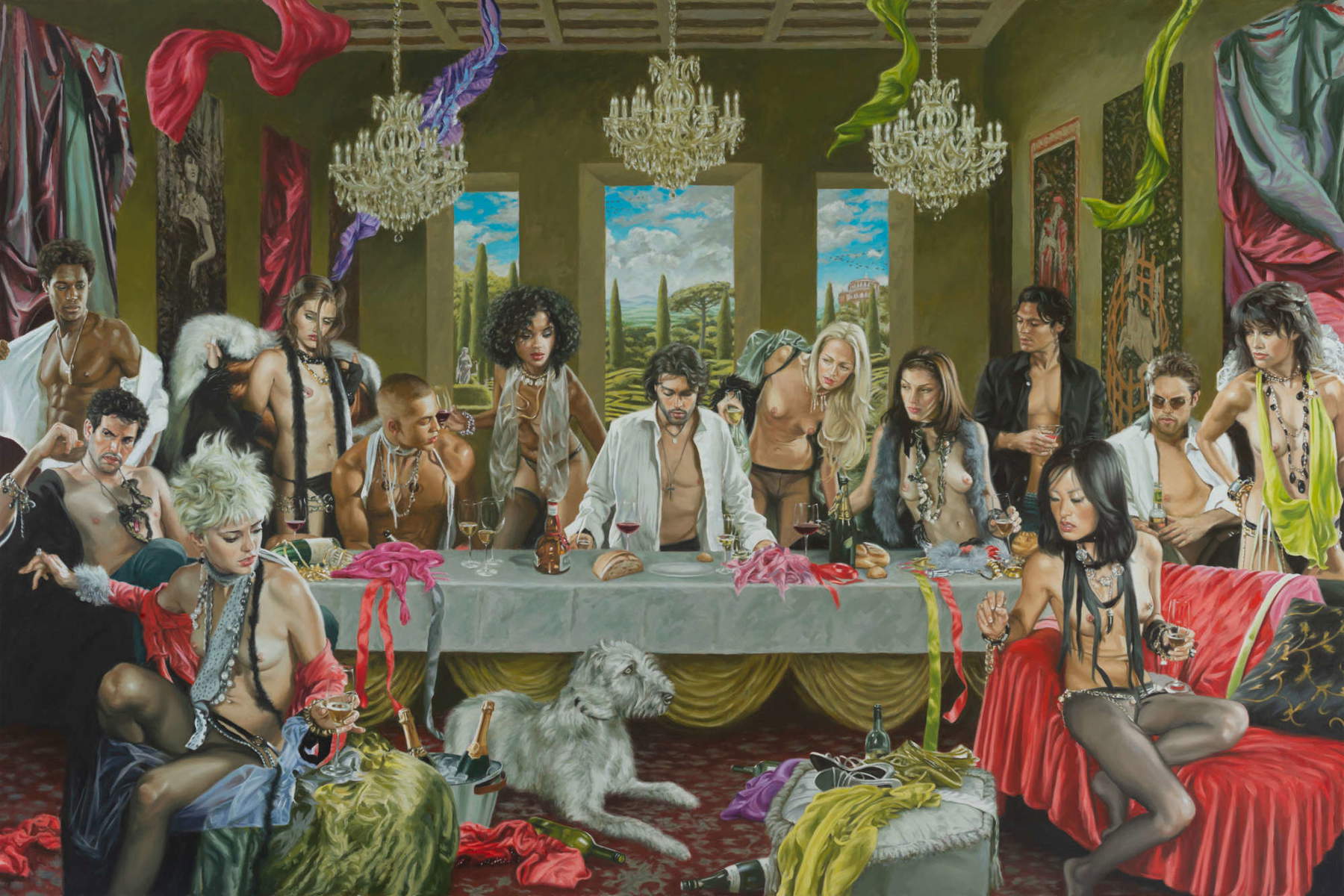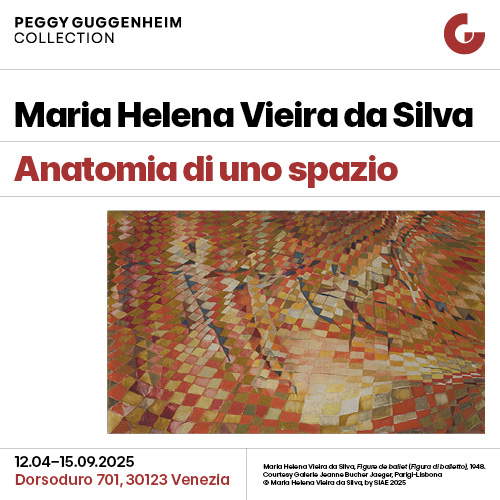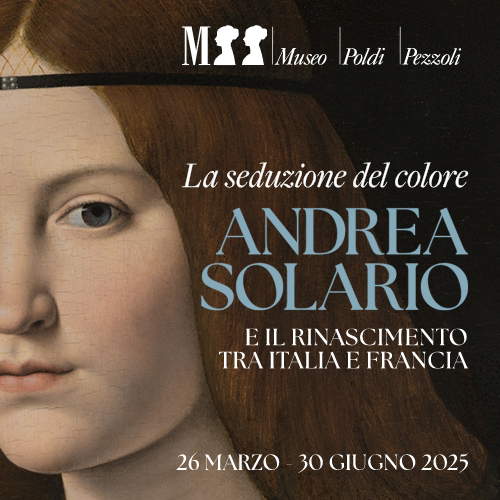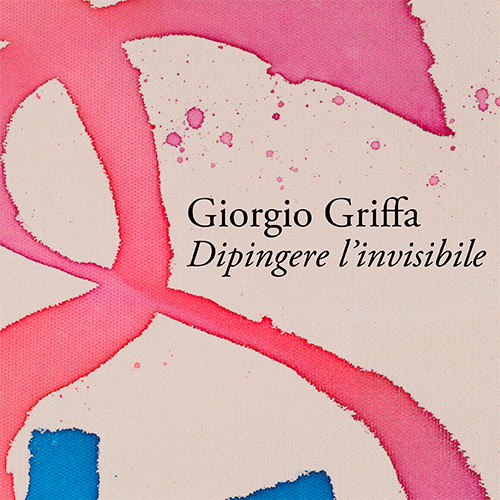Terry Rodgers reinvents Leonardo's Last Supper: the work on display at Arte Fiera
Among the highlights of the 48th edition of Arte Fiera in Bologna, one of the works that caught the most attention was the large canvas The Last Supper - Visions of Eternal Return by American Terry Rodgers (Newark, 1947), one of the big names in American art: Milan’s Wizard Gallery brought to the fair the reimagining of Leonardo da Vinci’sLast Supper , which Rodgers completed last year specifically for Wizard, to first exhibit at the gallery this fall. And now the work, for sale at a cost of 110,000 euros, is being unveiled for the first time to the public at the Bologna fair .
Active since the 1960s, Rodgers began his artistic journey with photography and then evolved toward painting, always maintaining a strong connection to film aesthetics. His paintings arise from a complex process of construction: photographs and collages become the basis for scenes in which privileged young figures experience mundane moments immersed in an atmosphere dense with loneliness and unfulfilled desire.
Terry Rodgers, over the years, has shown his work in numerous solo and group exhibitions between the United States and Europe. His work has been housed in such prestigious institutions as the Stedelijk Museum-Hertogenbosch and Kunsthal Rotterdam in the Netherlands, the Kunstmuseum and Zentrum Paul Klee in Switzerland, Kunsthalle Krems in Austria, and Galerie Rudolfinum in Prague, cementing his international reputation.

The Last Supper by Terry Rodgers
In the work that gives the exhibition its title, Rodgers reworks The Last Supper in a contemporary key, preserving its classical composition but emptying it of its emotional cohesion, and transforming it into one of the typical festivities of his production. The characters do not look at each other, their gazes are lost in the void, lost between individualism and apathy. Compared to Leonardo’s original, the landscape beyond the windows appears more vigorous and bucolic, a contrast to the alienation of the protagonists. A novel detail emerges in this interpretation: the presence of a dog, an element absent in Rodgers’ previous works, which introduces a new symbolic reading of his pictorial language.
But of course everyone’s gaze will focus on the characters who bring the work to life. No longer the twelve apostles, but twelve apostles and apostles, all half-naked, 1990s model bodies, champagne bottles on the table, aLast Supper that takes on the connotations of an orgiastic feast. A provocative work, a work where bodies are the protagonists, a work in which Rodgers confirms his ability to interpret the tensions of the present with a lucid and provocative gaze, turning reality into a stage where desire and loneliness chase each other without ever really meeting.
“It’s always an ego-fest,” wrote critic Eva Karcher to refer to Rodgers’ festivities. “These perfect-bodied people mirror each other with cold narcissism, displaying fine breasts and sculpted abdomens, playing with the carefully rehearsed sophistication of their seductive power. Women and men celebrate themselves as glamorous playthings, their hair, long black curls or silky blond manes, their luscious full lips with a pearly shimmer, their teeth gleaming white. Champagne or cigarettes between ringed hands, acrylic fingernails with french frets, heavy silver chains around the neck and hips, thin gold threads around the ankles, the Rolex and Patek Philippe on the wrist, sheer thongs and bras, open silk blouses and hold-ups, high heels and XXL glasses decorated with fake diamonds: the stylization and maximization of one’s potential to attract suitors with perfect poses and gestures, but which actually turns into a self-made trap in line with these highly optimized beauty standards. For hedonism, if it so blindly becomes the sole purpose of life, perhaps even the placebo of one’s right to exist, gives rise to emptiness.”
 |
| Terry Rodgers reinvents Leonardo's Last Supper: the work on display at Arte Fiera |
Warning: the translation into English of the original Italian article was created using automatic tools. We undertake to review all articles, but we do not guarantee the total absence of inaccuracies in the translation due to the program. You can find the original by clicking on the ITA button. If you find any mistake,please contact us.



























